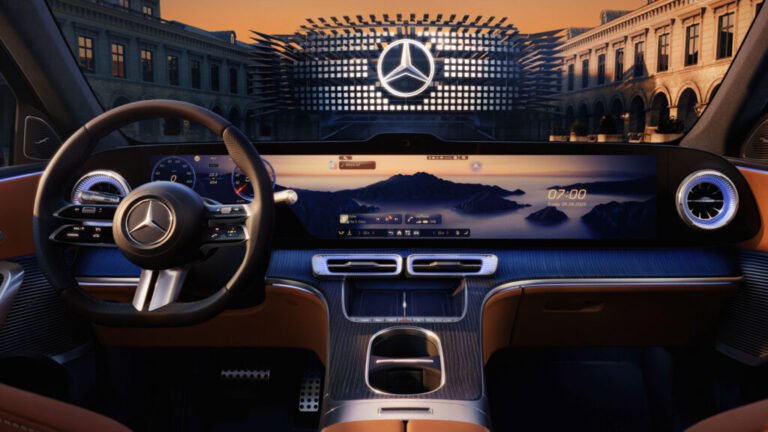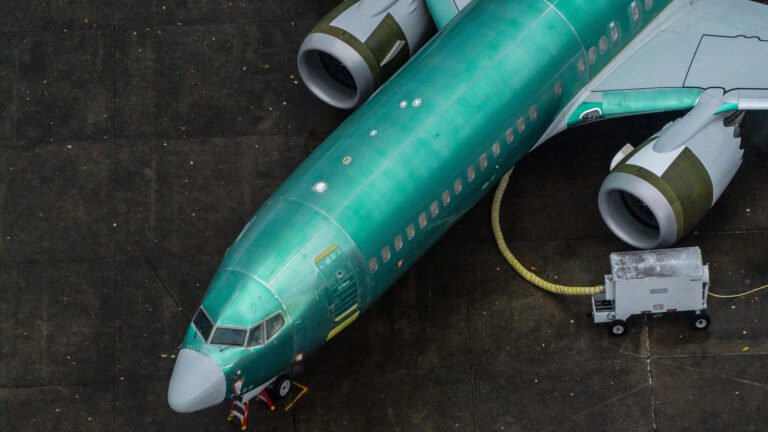
The EV–ICE gap in real dollars
EV insurance 2025 still runs higher than gas, and the gap widened substantially this year. National numbers shows EV drivers paying about $4,058 on average versus $2,732 for ICE—roughly a 49% difference, according to Insurify’s 2025 report. Despite what looks like a big dipper, that’s not a price crash story; overall insurance inflation cooled from 2023’s spike, but prices remain high. The BLS CPI release still shows motor-vehicle insurance rising year over year, just at a slower pace.

Figure 1 — Average Annual Premiums ICE v EV (2020–2025) (USD): Source: Insurify.
The Gap, At A Glance
The EV–ICE premium gap narrowed from the mid-40s in 2021 to ~23% in 2024, then jumped to ~49% in 2025. That is EV averages rising about $628 while ICE slipped ~$46, so the spread widened. Treat the shape as directional: Insurify’s 2021–23 points use monthly quote medians (annualized); 2024–25 use annual averages.

Figure 2 – After tightening through 2024, the EV–ICE gap widens to ~49% in 2025 as EV averages rise and ICE holds flat. Source: Insurify.
Why The Gap Widened
Two levers matter: repair severity and shop readiness. Fresh claims data pegs repairable collision severity around $5,903 for BEVs vs. $4,938 for ICE in Q2 2025—higher parts costs and longer calibration time keep EVs much more expensive to insure. Mitchell’s Plugged-In Q2 2025 lays it out: sensor-dense front and rear modules, aluminum closures, specialty glass, and ADAS calibration add real dollars.
Winners & Strugglers
When there are dips and spikes in averages, someone is winning and someone losing. Mass-market EV crossovers with mature parts pipelines and clear repair guides show easing. Think Model Y, Model 3 (Highland), VW ID.4, Ioniq 5, and EV6.
Luxury and low-volume rigs still have premiums that really sting: Rivian R1T/R1S, Cybertruck, Lucid Air, Mercedes-Benz EQE. Gas rivals like RAV4 and CR-V still insure cheaper in most ZIPs, even as fueling math favors many EVs.
|
Model (2025) |
Direction |
Why it moves this way |
|
Tesla Model Y |
↓ |
High volume parts, mature repair guides, strong crash avoidance |
|
Tesla Model 3 (Highland) |
↓ |
Simplified front modules, common glass/lighting |
|
VW ID.4 |
↓ |
Wider parts availability, mainstream labor ops |
|
Hyundai Ioniq 5 |
↓ |
Strong crash performance, clear calibration routines |
|
Kia EV6 |
↓ |
Improving parts flow, fewer long backorders |
|
Chevy Equinox EV |
↓/flat |
Common components, mainstream pricing |
|
Ford Mustang Mach-E |
flat |
Mixed repair costs; decent shop network |
|
Nissan Ariya |
flat |
Average parts pricing, stable claim profile |
|
BMW i4 |
↑ |
Premium lighting/glass; calibration time |
|
Audi Q4 e-tron |
↑ |
Dense sensor stack; luxury parts pricing |
|
Mercedes-Benz EQE |
↑ |
Aluminum closures, radar/camera arrays |
|
Rivian R1T |
↑↑ |
Low-volume body panels, heavy wheels/tires |
|
Rivian R1S |
↑↑ |
Same as R1T; structural repair time |
|
Tesla Cybertruck |
↑↑ |
Unique panels, specialty glass, limited networks |
|
Lucid Air |
↑↑ |
Low volume, premium components |
Figure 3 — Shopper’s Table (direction & why). Source: Aggregate of Insurify national EV vs. ICE averages (2024–2025), Mitchell Plugged-In Q2 2025 BEV vs. ICE repair severity trends, and IIHS front crash-prevention findings.
Buyer Playbook
Want lower EV premiums? Shop like this:
- Pick mature, high-volume models: Model Y/3, ID.4, Ioniq 5, EV6. Big fleets mean faster parts and shorter repair times.
- Choose safety-heavy trims: AEB, rear auto-braking, blind-spot, cross-traffic. Prevention beats repair.
- Keep fascias and glass simple: Skip pixel headlights, full-width light bars, and pano roofs.
- Run 18–19-inch wheels: Common tire sizes replace cheaper than 20–22s.
- Buy into a strong repair network: Confirm nearby certified shops can calibrate your cameras/radar.
- Stick with mainstream options: Standard paint and shared panels beat boutique bits. Avoid matte paintjobs.
Use the market to your advantage:
- Quote the exact VIN with 5–6 carriers; then re-quote after you pick wheels and packages.
- Run telematics for 60–90 days if you drive clean.
- Bundle your home and auto with one insurer, then re-quote 30–45 days before each renewal—state-filed rates change, and fresh quotes may price your VIN lower
- Verify your policy lists AEB, rear auto-braking, and anti-theft correctly.
What you can save
Spec it smart and keep about $900 a year on EV insurance—same car, smaller bill. That’s a realistic ~20–23% from bundling and telematics on the average EV premium.
My Verdict
EV insurance 2025 is a spec sheet test. Choose the sane wheels, the proven safety kit, and the car that local shops can fix fast. Your quote—and your stress—drop.


